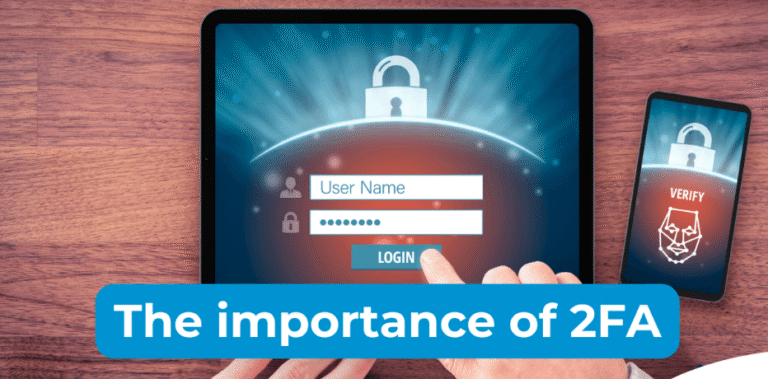Cloud adoption has become the backbone of enterprise digital transformation. From storing data to running mission-critical applications, organizations rely on cloud services for scalability, flexibility, and cost-efficiency. However, as cloud usage grows, so does the risk of cyberattacks, data leaks, and misconfigurations.
For enterprises, securing the cloud is no longer optional—it’s a necessity. Here are the best practices for cloud security that every enterprise should implement to protect sensitive data, maintain compliance, and ensure business continuity.
1. Implement a Zero Trust Security Model
Traditional security approaches assume trust within the network. However, in the cloud era, enterprises must adopt Zero Trust, which assumes no user or device is inherently trustworthy.
- Continuously authenticate users and devices.
- Apply least-privilege access policies.
- Monitor every access request in real-time.
Benefit: Minimizes the risk of unauthorized access and lateral movement within the network.
2. Encrypt Data at Rest and in Transit
Data is the most valuable asset for enterprises, making encryption a cornerstone of cloud security.
- Use strong encryption standards (AES-256 or higher).
- Enable HTTPS and TLS for secure communication.
- Manage and rotate encryption keys regularly.
Benefit: Even if data is intercepted, it remains unreadable without decryption keys.
3. Enforce Strong Identity and Access Management (IAM)
Compromised credentials are among the top causes of cloud breaches. Enterprises should:
- Enable multi-factor authentication (MFA) for all users.
- Use role-based access control (RBAC) to limit permissions.
- Regularly audit accounts, especially for privileged users.
Benefit: Reduces the risk of account hijacking and insider threats.
See also: The Future of Cybersecurity: Trends to Watch
4. Secure Cloud Configurations
Misconfigured cloud settings are one of the leading vulnerabilities in enterprise security.
- Use cloud security posture management (CSPM) tools to detect misconfigurations.
- Apply security baselines and templates for consistent setups.
- Regularly review firewall rules, storage buckets, and access policies.
Benefit: Prevents accidental data exposure and compliance violations.
5. Monitor and Log Cloud Activity
Visibility is critical in cloud environments. Enterprises should:
- Enable continuous monitoring of cloud workloads.
- Centralize logs using a Security Information and Event Management (SIEM) system.
- Use AI-driven analytics to detect unusual activity.
Benefit: Helps identify potential threats quickly and ensures accountability.
6. Regularly Update and Patch Systems
Outdated software and services are prime targets for attackers.
- Automate patch management to ensure timely updates.
- Apply patches to operating systems, applications, and containers.
- Monitor vendor announcements for critical vulnerabilities.
Benefit: Closes security gaps before they can be exploited.
7. Protect APIs and Integrations
APIs power cloud services but can also expose sensitive data if left unprotected.
- Use API gateways to manage and secure traffic.
- Apply authentication and encryption for API calls.
- Monitor API usage for anomalies.
Benefit: Ensures secure communication between cloud services and applications.
8. Backup and Disaster Recovery Planning
Cloud outages and ransomware attacks can disrupt business operations. Enterprises should:
- Maintain regular, automated backups across multiple regions.
- Test disaster recovery (DR) strategies periodically.
- Store backups securely, separate from the production environment.
Benefit: Guarantees business continuity in case of data loss or system failures.
9. Educate and Train Employees
Human error remains one of the biggest risks in cloud security.
- Provide cybersecurity awareness training.
- Teach employees to recognize phishing and social engineering attacks.
- Ensure technical teams are updated on the latest cloud security practices.
Benefit: Creates a culture of security awareness across the enterprise.
10. Ensure Compliance and Governance
Enterprises must comply with industry regulations such as GDPR, HIPAA, or ISO/IEC 27001.
- Use automated compliance tools to check configurations.
- Maintain proper documentation for audits.
- Regularly review data protection policies.
Benefit: Avoids regulatory fines and builds customer trust.
Conclusion
The cloud offers enterprises agility and innovation, but it also introduces new security challenges. By implementing best practices such as Zero Trust, encryption, IAM, and continuous monitoring, organizations can strengthen their cloud defenses.
Cloud security is not a one-time task but an ongoing process. Enterprises that prioritize proactive security strategies will not only protect their data but also gain a competitive advantage in the digital era.




